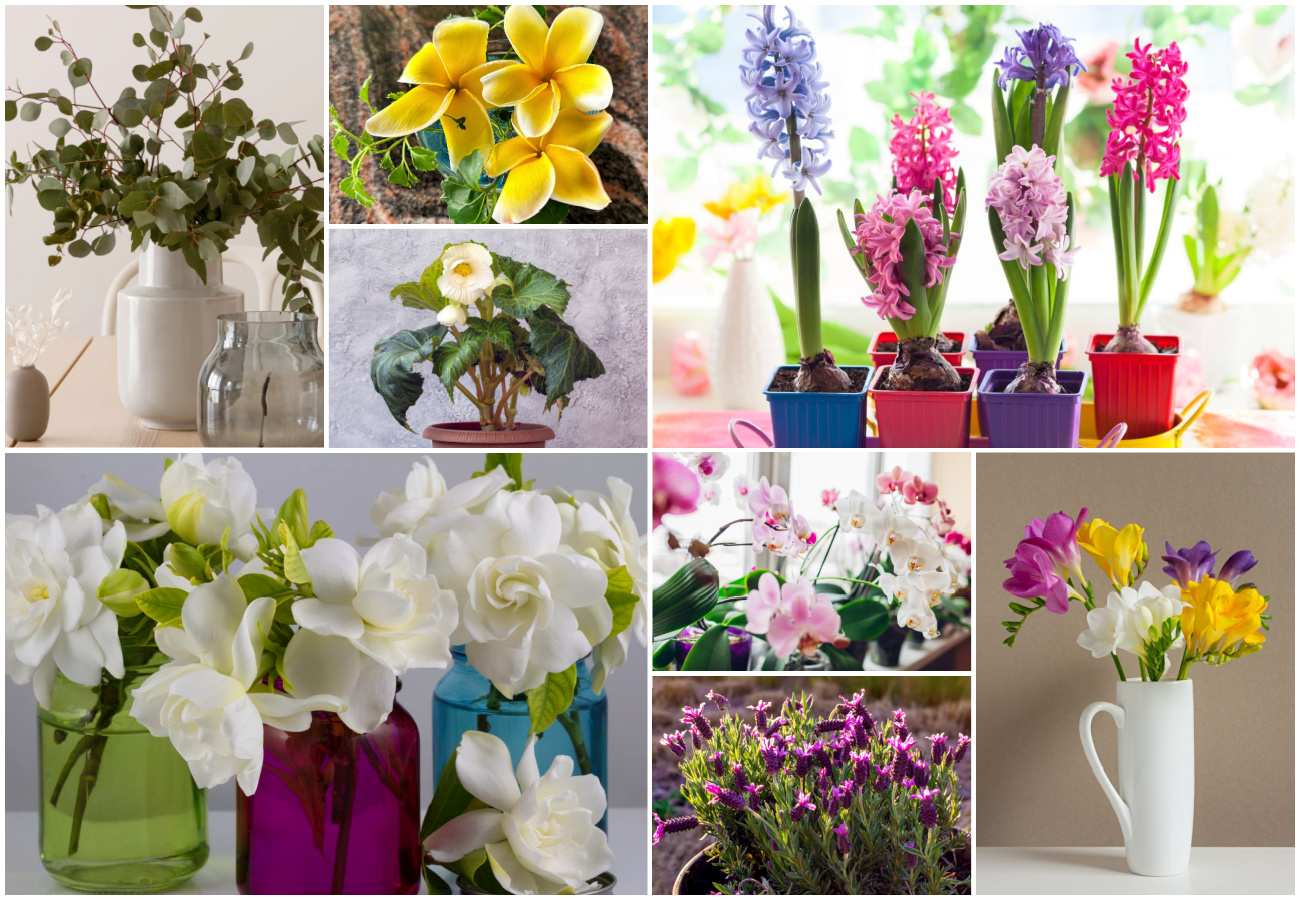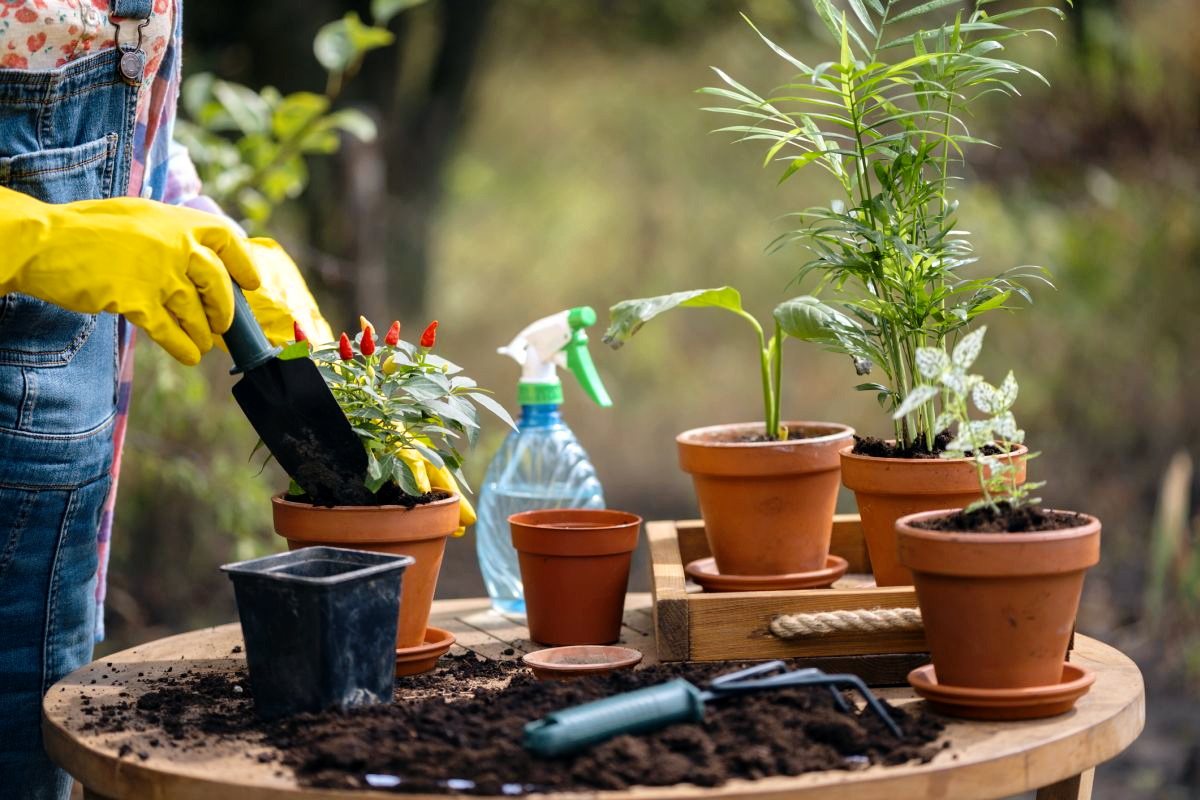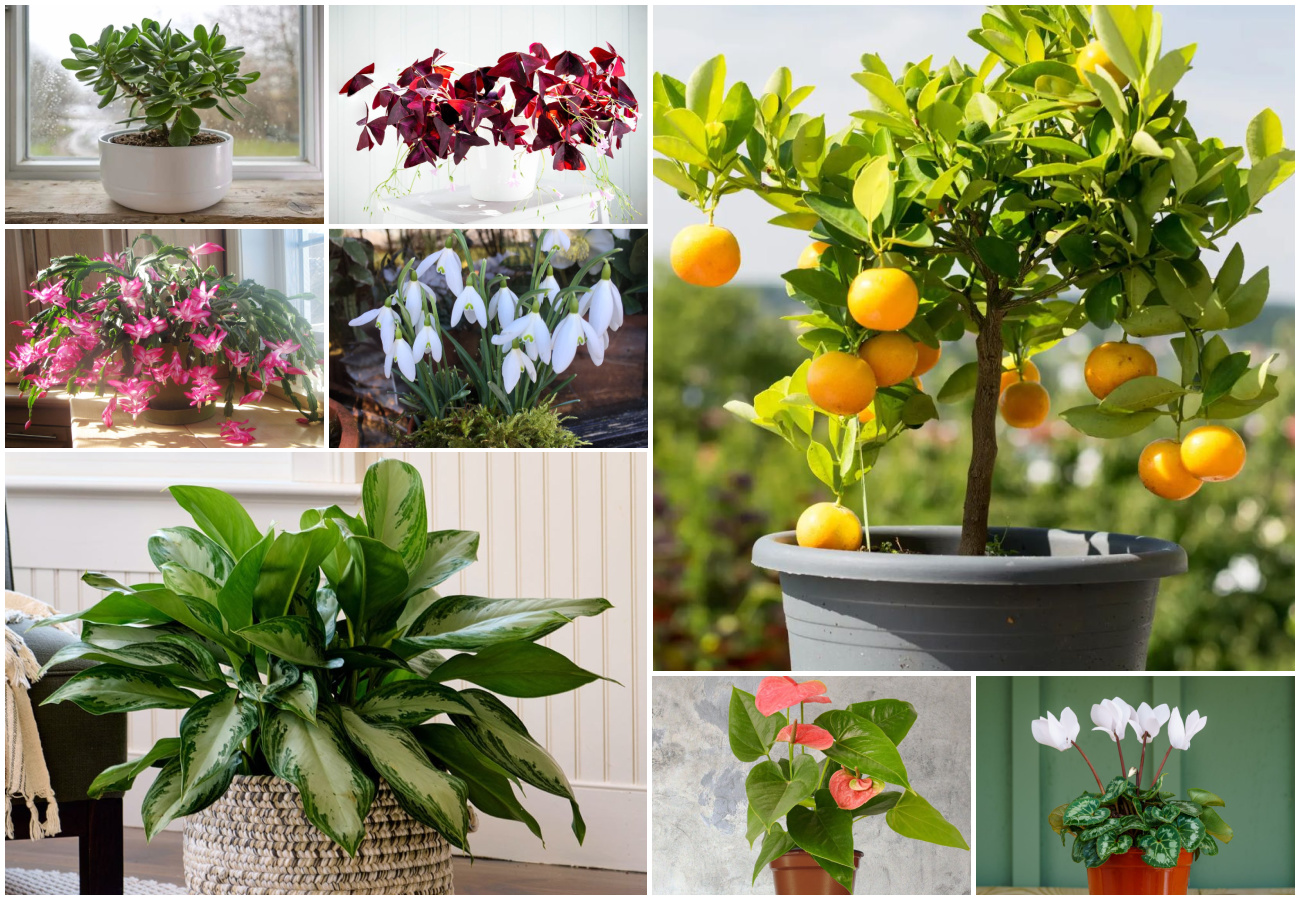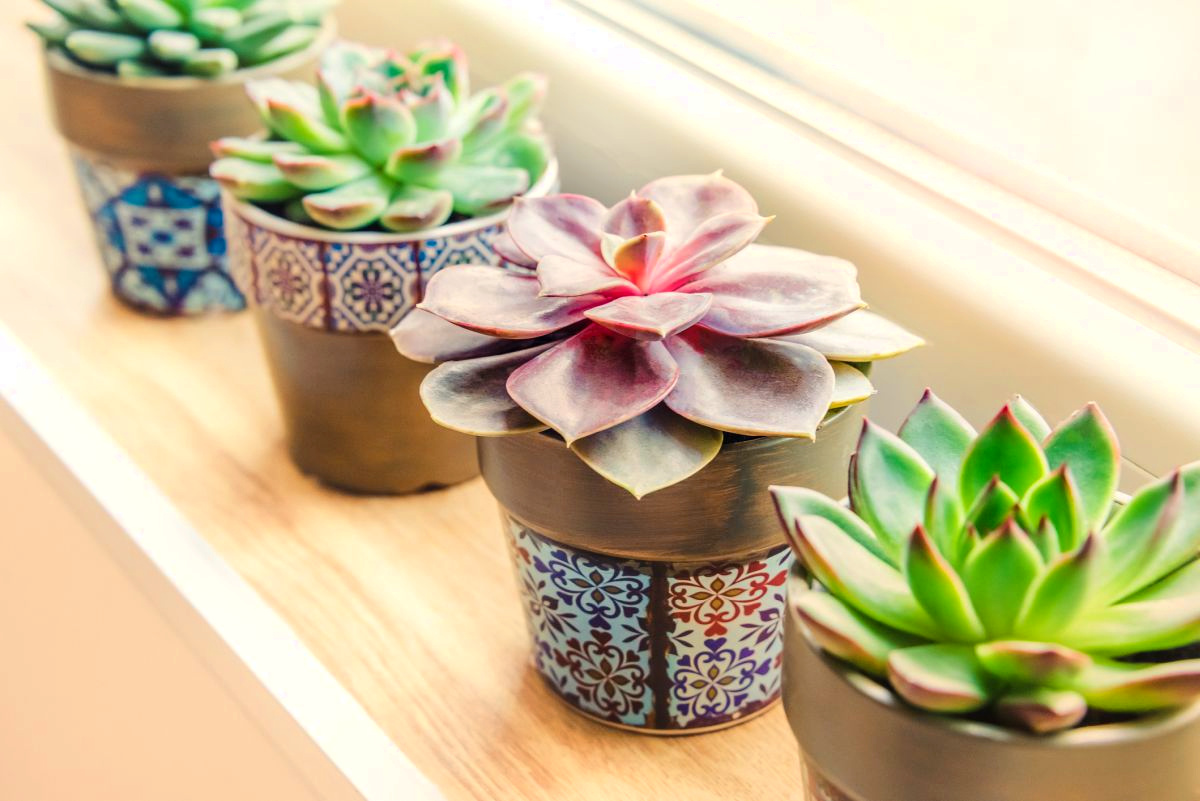Its popularity just doesn’t seem to die down: Pilea peperomioides, also known as the Chinese money plant, is still the plant you just have to have. If you’re reading this you’ve probably managed to acquire one. Lucky you! Now how do you keep it happy and healthy?
We all know the right pot and soil are very important factors in plant growing, so keep reading to find out how to repot your Pilea peperomioides!
Choosing a pot for your Pilea peperomioides
It all starts with the right container!
Although opinions vary on what pot type works best for Pilea peperomioides, I personally prefer good old plastic nursery pots. They’re cheap and allow excess water to drain easily. They also hold moisture a little longer than terracotta pots, which are porous and can sometimes cause your Pilea to dry out a bit too quickly. Make sure your pot isn’t too large – this plant doesn’t need a lot of space.
All in all, whatever you choose, the most important thing is that it has as least one drainage hole.
Now, nursery pots aren’t exactly the nicest thing to look at. If you don’t want to have your plants standing around in ugly plastic containers, simply choose a nice overpot that you can place the inner pot into (as pictured below). When it’s time to water you can take the plant out until all excess moisture has drained and place it back when you’re done.
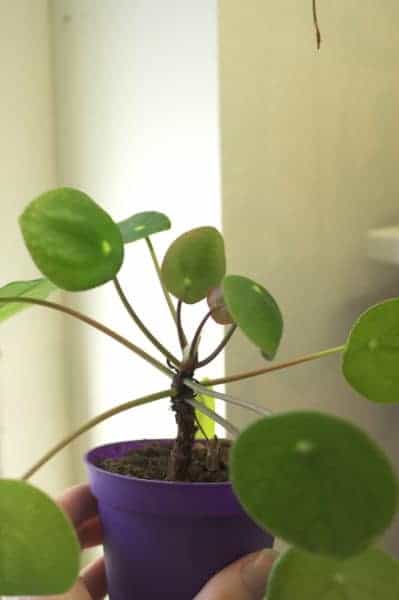
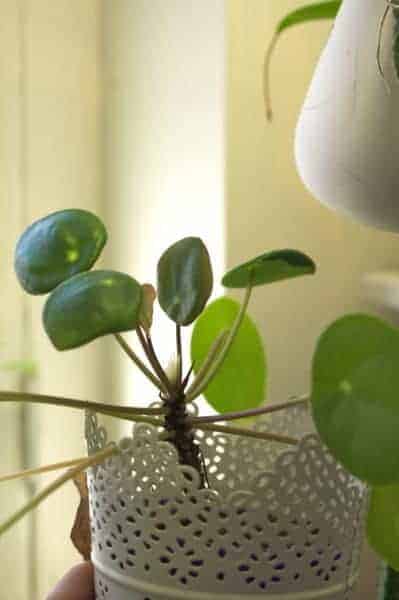
Pilea peperomioides soil
The most important thing to keep in mind when planting your Pilea peperomioides is that this plant does not like wet feet. Very lightly moist soil is good and will be appreciated, wet soil is a recipe for disaster.
Now that we’ve got that settled, let’s move on to our soil recipe.
As long as it’s well-draining, Pilea peperomioides is actually not too picky. Most hobbyists prefer to use regular potting soil and mix in a good handful of material to add drainage and keep the mixture light. There are many ways to do this: you can toss in some perlite, pumice, orchid bark or even smashed up pieces of terracotta (so save your pots if they happen to break).
The potting soil will retain enough moisture to keep your Pilea happy, while the gritty material allows air to reach the roots and ensures excess water easily flows out of the pot.
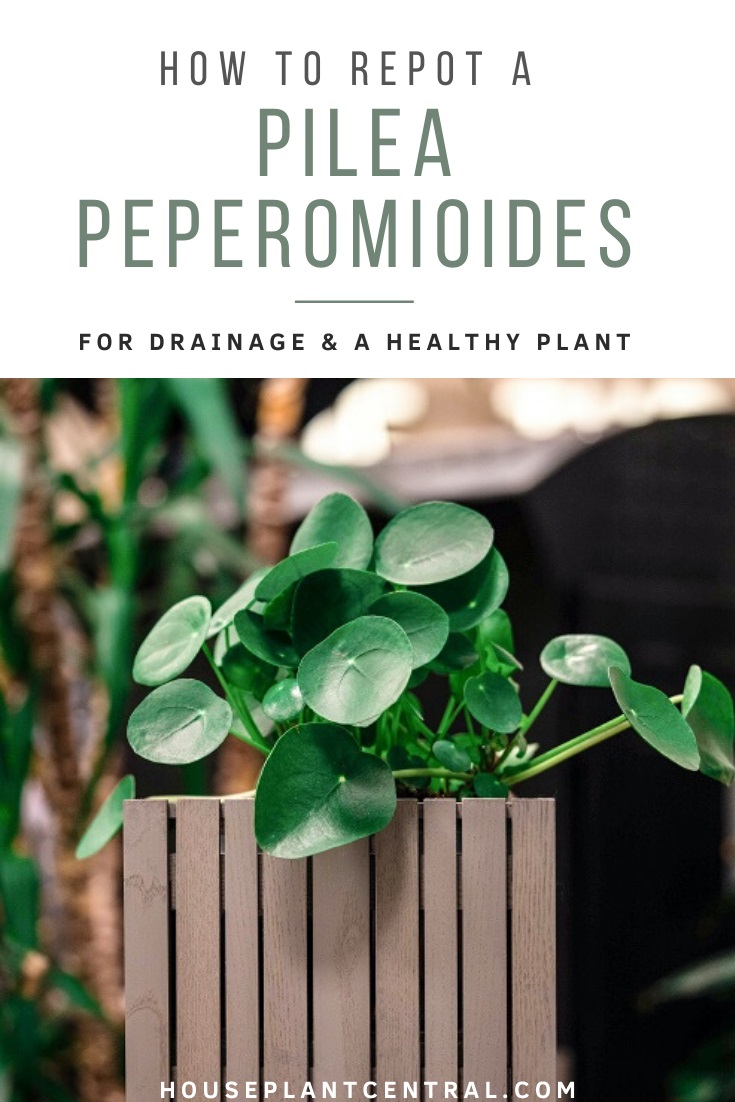
Potting up your Pilea peperomioides
Once you’ve got your pot and your soil, it’s time to start the procedure. For those who are new to houseplant growing, here’s how I do it.
- I lay out some newspapers to catch any excess soil and make sure I’ve got everything I need, including a pre-mixed soil mixture.
- Then, I pop the plant out of its old pot and discard the old soil.
- I always make sure to give the roots a good rinse, especially if the plant is new, so I can have a good look at them and spot any potential problems.
- Then, I fill the new pot 1/3 of the way, gently place the plant in there and use an old spoon to keep adding soil until the roots are covered and the pot is full.
- Press the soil gently and then add another spoonful or two if needed. Voilà! So simple.
Pilea peperomioides care
One of the reasons Chinese money plants are so popular is that they’re super easy to keep alive and happy. Even beginners should be able to grow a Pilea peperomioides without too many issues!
Let’s quickly go into the basics of Pilea peperomioides care so you’ll know what to do once you’ve successfully potted your plant.
- Light: A Pilea plant will appreciate bright indirect light. This means a spot near a window works well, although you might want to place a sheer curtain between the window and the plant if the location receives lots of direct sun.
- Water: Lightly moist is the way to go when it comes to watering Pilea peperomioides during the summer growing months. If you stick your finger into the soil, you should feel some dampness at the tip but the top should be dry. During wintertime, let your plant dry out a bit more.
- Fertilizing: Although Pilea plants aren’t heavy feeders they do like the occasional dash of fertilizer. Apply some diluted houseplant food about once a month when your plant is actively growing during summer. If your plant is not putting out new growth it won’t need any fertilizer.
- Propagation: Propagating Pilea peperomioides is an absolute breeze! Although you can propagate using the stem cutting method, the easiest way is to just wait for your plant to produce some pups. Healthy mother Pileas might have multitudes of babies growing alongside them and you can easily remove these to place them in their own containers.
- Problems with Pilea peperomioides: This plant is not very prone to issues because it’s pretty undemanding, although there’s always the unlucky possibility of running into issues with pests, rot or discolored leaves. If your Pilea is not looking so hot and you’re having trouble with diagnosis, the guide on problems with Pilea peperomioides should help you figure things out.
Tip: Want to learn even more about caring for a Pilea plant? Head over to the full Pilea care guide.
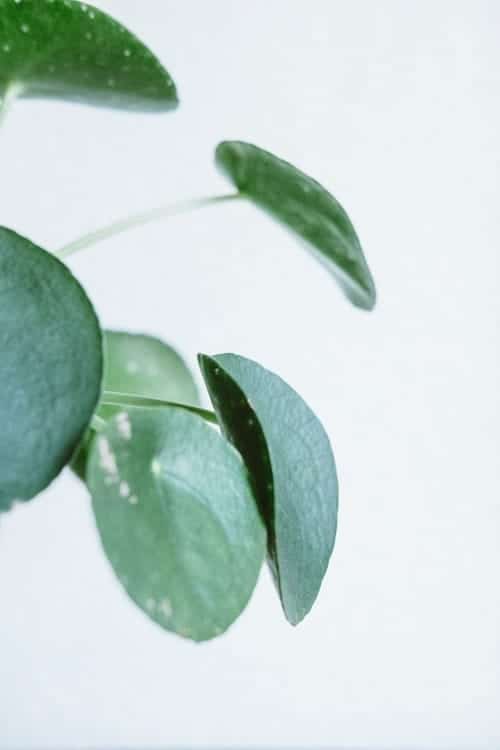
Buying Pilea peperomioides
I’m always getting questions about where to buy this coveted plant, or even if I sell it myself. I don’t, but I can give you some tips!
If you’re in the US or UK, you’re in luck. There are Amazon sellers out there that carry Pileas; you can click here if you’re in either country to buy your plant.
If you’re located elsewhere, I’ve got an entire article dedicated to finding Pilea peperomioides over here. The tips in there might prove helpful in locating your very own Pilea!

